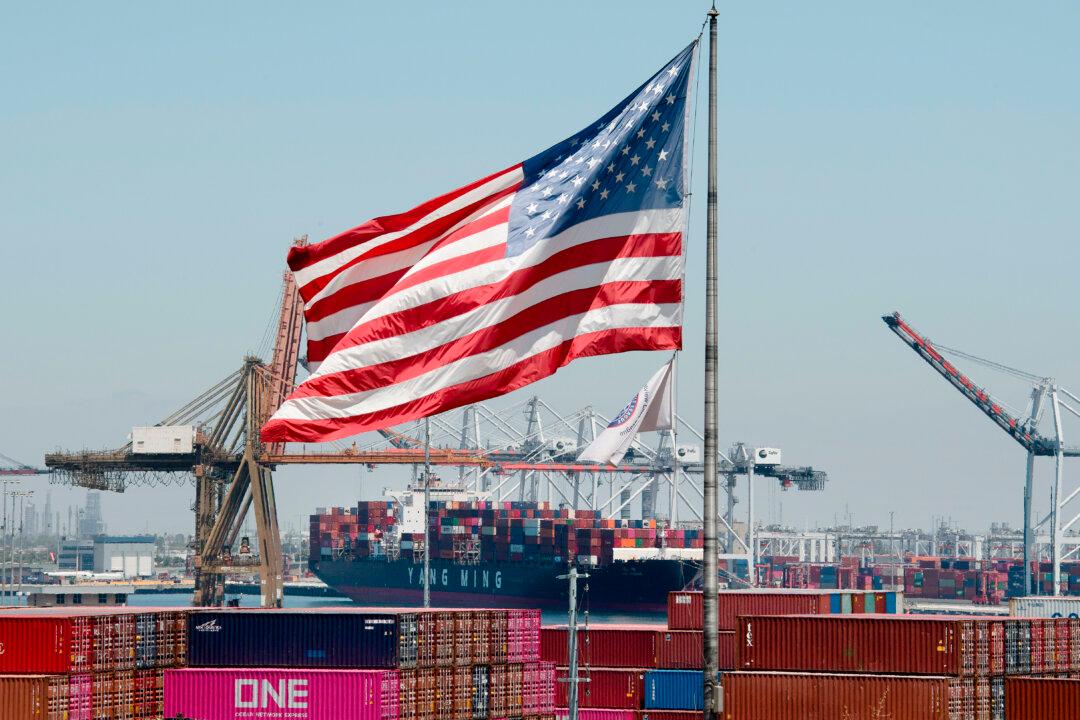Investors and analysts sometimes view large amounts of insider selling as an indication that executives lack confidence in their companies or are generally downbeat on the economy. And sometimes that’s the case. What’s more, there’s more of it going on at the moment than normally.
Insider Selling Is Different This Time
According to the Financial Times, U.S. corporate executives are selling stock of their employers at the highest level since 2000. Data from Britain-based Smart Insider, a firm that tracks insider stock activity, and strips out sales for tax purposes, ownership limits and other non-market factors. This year, through mid-September, combined insider sales of stock reached $19 billion, trending toward $26 billion by the end of the year, surpassing the post-crisis summit of $25 billion in insider selling in 2017.Of course, the rise in stock prices plays a role in the insider’s decision to sell a stock. Most corporate executives’ compensation packages include stocks or warrants, and this component is sometimes higher than their cash pay out.





